12 items to declutter in your backyard right now, according to experts
Trying to declutter your yard in time for spring? Experts suggest starting with these things
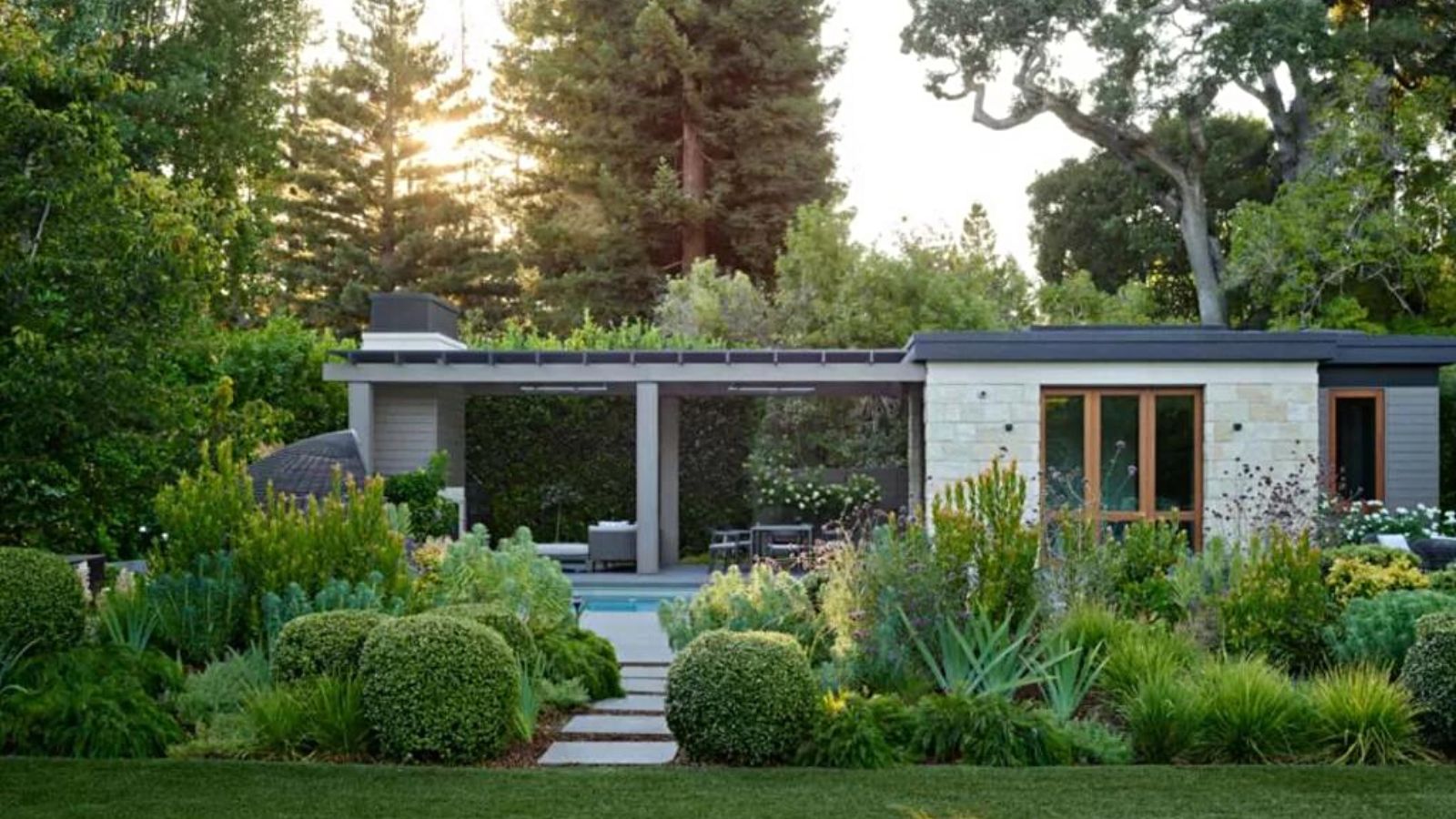
- 1. Recycle or throw out old yard furniture
- 2. Replant or donate unused backyard pots and containers
- 3. Repair or remove broken yard ornaments
- 4. Recycle old log piles that haven’t been used
- 5. Store oversized items under a porch or deck
- 6. Throw out unused or broken yard supplies
- 7. Sell or pass on old yard play sets
- 8. Reassess your outdoor kitchen accessories
- 9. Invest in a storage box for outdoor soft furnishings
- 10. Prioritize enclosed, covered storage
- 11. Hide trash cans in dedicated storage bins
- 12. Clear up organic waste like leaves and trim your lawn
- FAQs

Many of us struggle with decluttering a backyard. Often, insufficient storage space and bulky outdoor furniture make this spot a cluttered, unrelaxing mess.
If you are suffering from a notable lack of backyard storage, or yours is simply already full to the brim, there are plenty of things you can do to make room. In fact, many of your backyard items could find a better home in the recycling, experts suggest.
Professional organizers and gardening experts have revealed how to declutter your backyard and the 12 things to get rid of first.
How to declutter a backyard
When trying to refresh your backyard ideas for the warmer months, decluttering is just as important as mowing a lawn or painting fences. Clearing out old junk and establishing proper storage solutions will help to free up space and make other yard maintenance tasks easier and more efficient, improving the overall look of your outdoor space.
1. Recycle or throw out old yard furniture
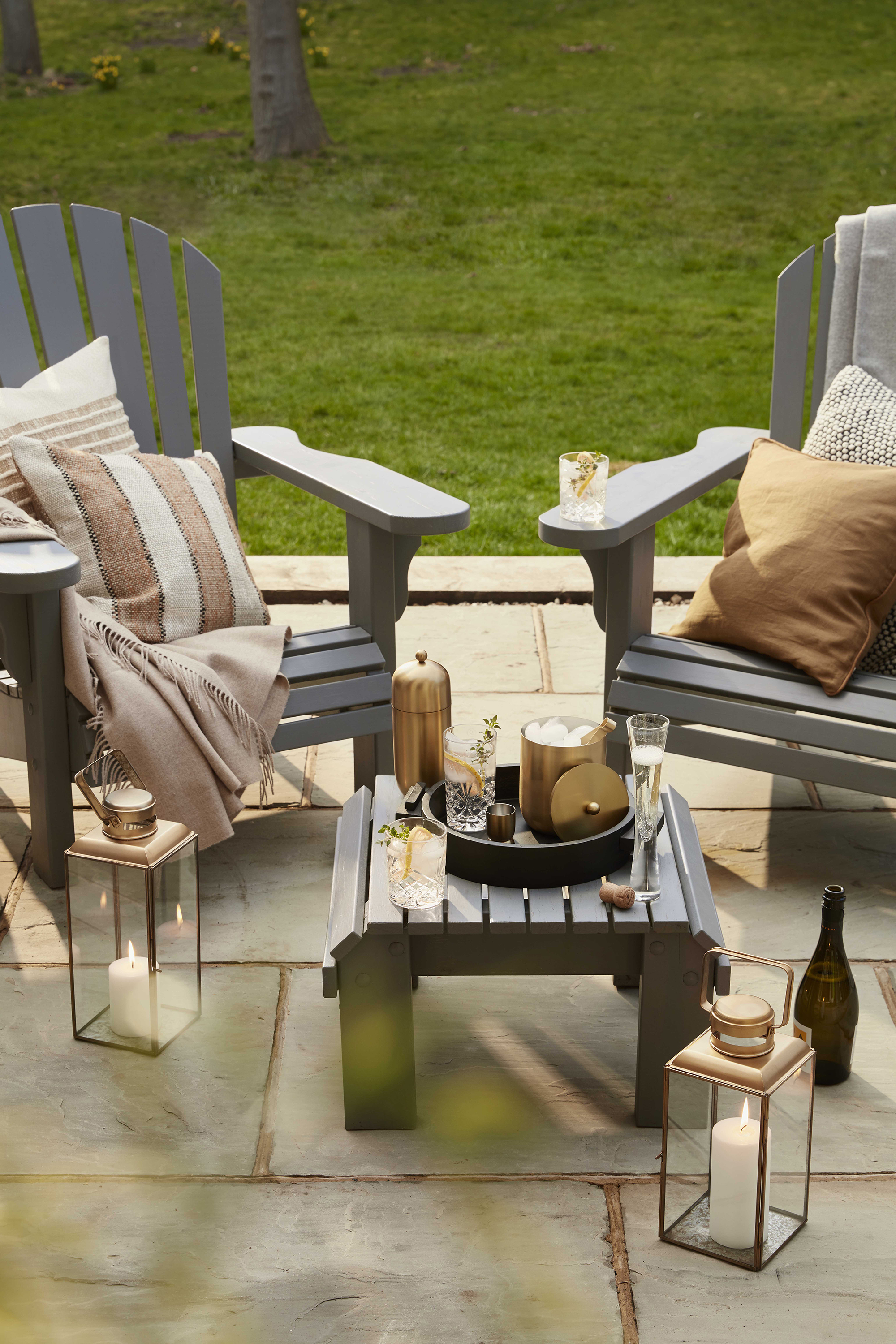
Patio furniture is a must for any welcoming outdoor space, but old pieces that have gone rusty, moldy, or are otherwise not fit for sitting on should be moved or repurposed to secure their spot in your yard.
‘The first and easiest categories of items you should remove to start decluttering your backyard are broken furniture pieces and outdated or kitschy or excessive decoration items,’ says Stefan Bucur, founder of Rhythm of the Home. ‘These usually take up the most space and form unappealing focal points that make your yard look messy. You can also get rid of unused chairs and benches or stow them away in a shed.’

Stefan is the founder and owner of home improvement blog, Rhythm of the Home. He has over six years of experience in home improvement, interior design, cleaning and organizing.
2. Replant or donate unused backyard pots and containers
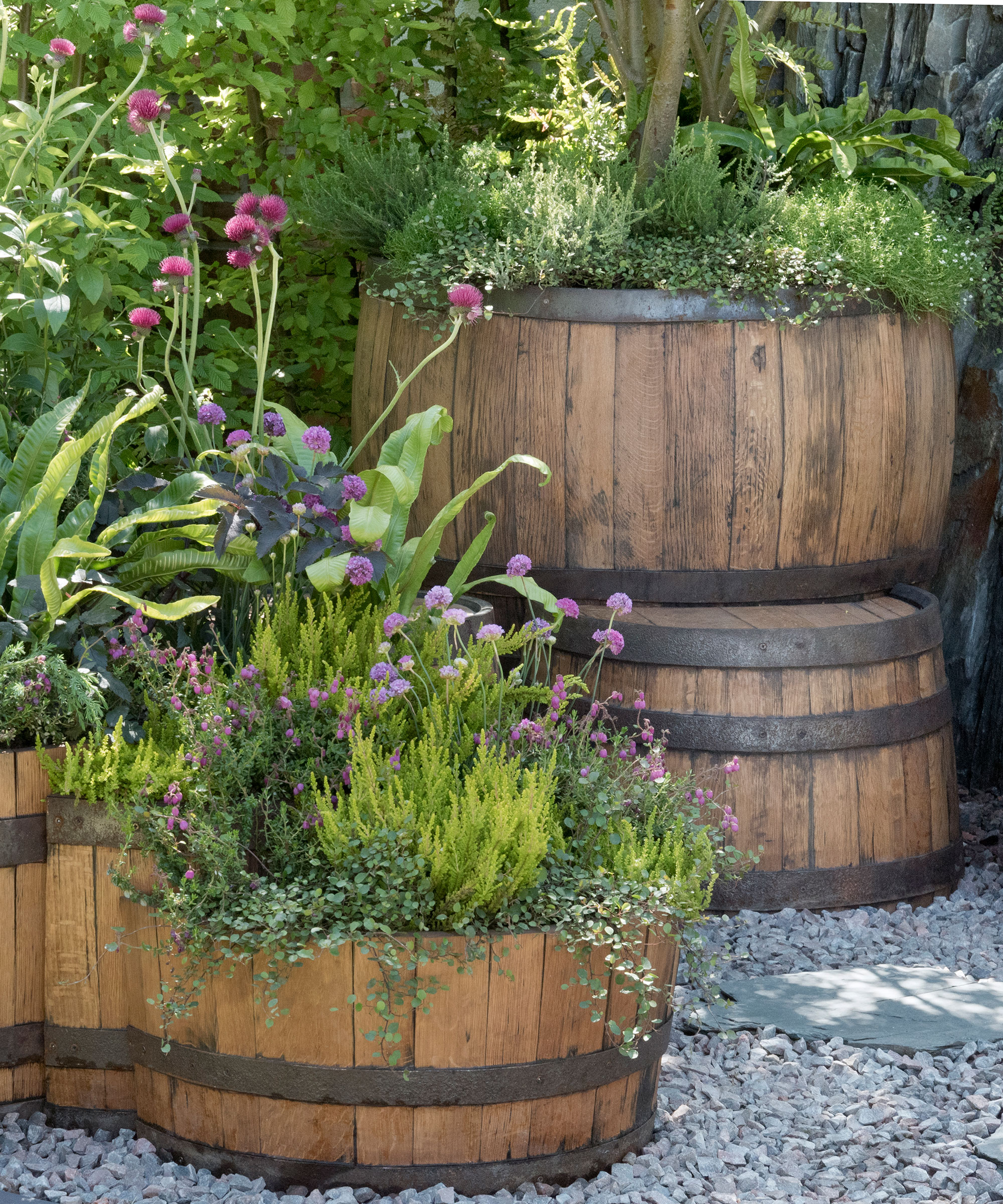
Outdoor planters with no living plants are surplus to your yard's needs and should either be replanted with some gorgeous plants for pots or otherwise given away for someone else to use if they are still in one piece. If they are looking a little run down, give them a wash with a sturdy scrubbing brush and warm, soapy water, or even repaint your planters for a fresh new color scheme.
You may even want to consider creating a herb planter garden for something more practical if you are not looking to add more flowers to your yard space.
3. Repair or remove broken yard ornaments
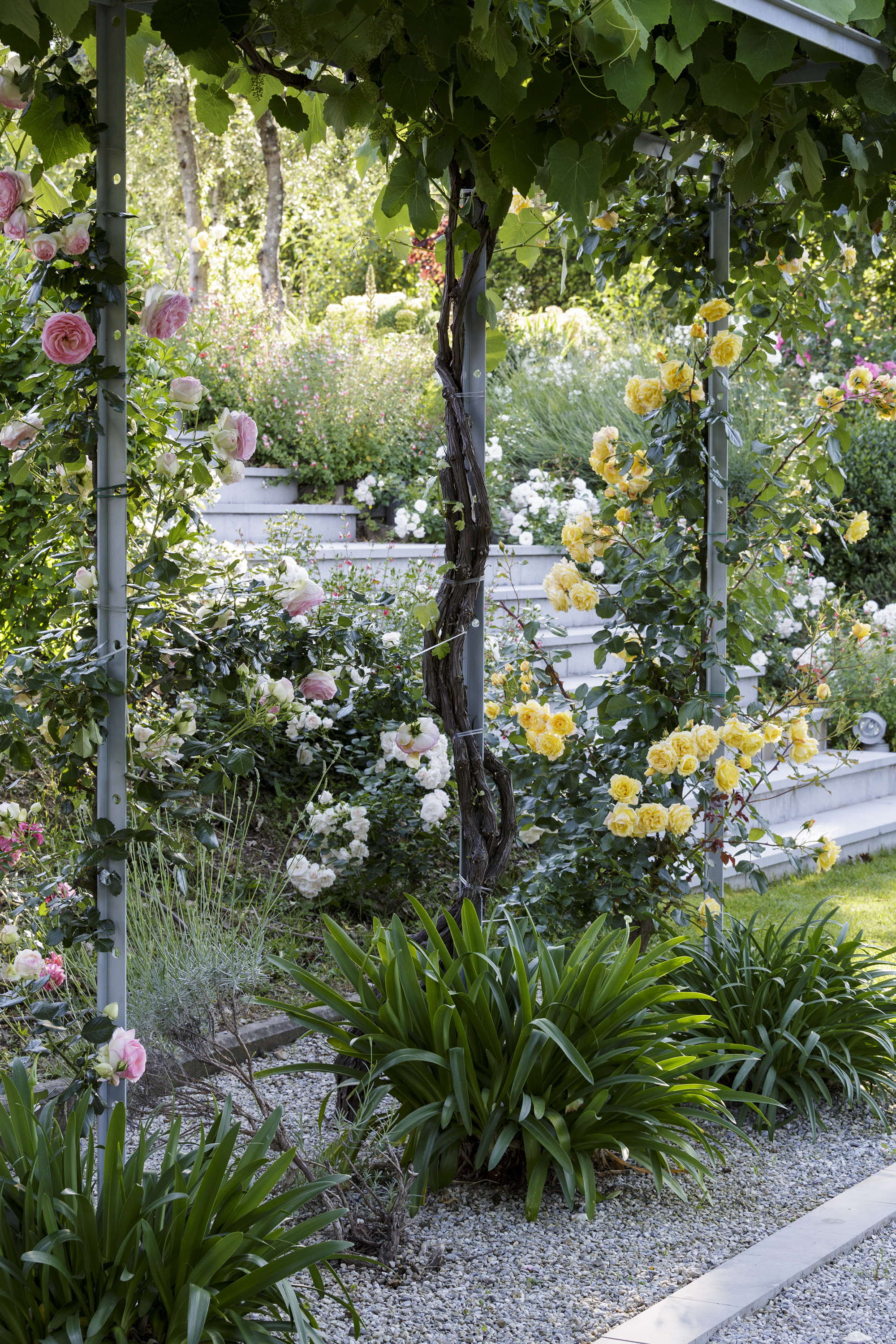
From ornaments used to decorate a garden, to larger decorative structures, anything that looks run down, is broken or doesn't suit the look you are going for should be donated or disposed of to free up space.
‘Next up you should get rid of broken or rarely used backyard structures like trellises, arbors, gazebos, and excessive fencing,’ says Stefan Bucur, founder of Rhythm of the Home. ‘If you don't necessarily want to throw these away you can repair them and add a fresh coat of paint. This simple task can quickly transform them from clutter to lively decor pieces.’
4. Recycle old log piles that haven’t been used
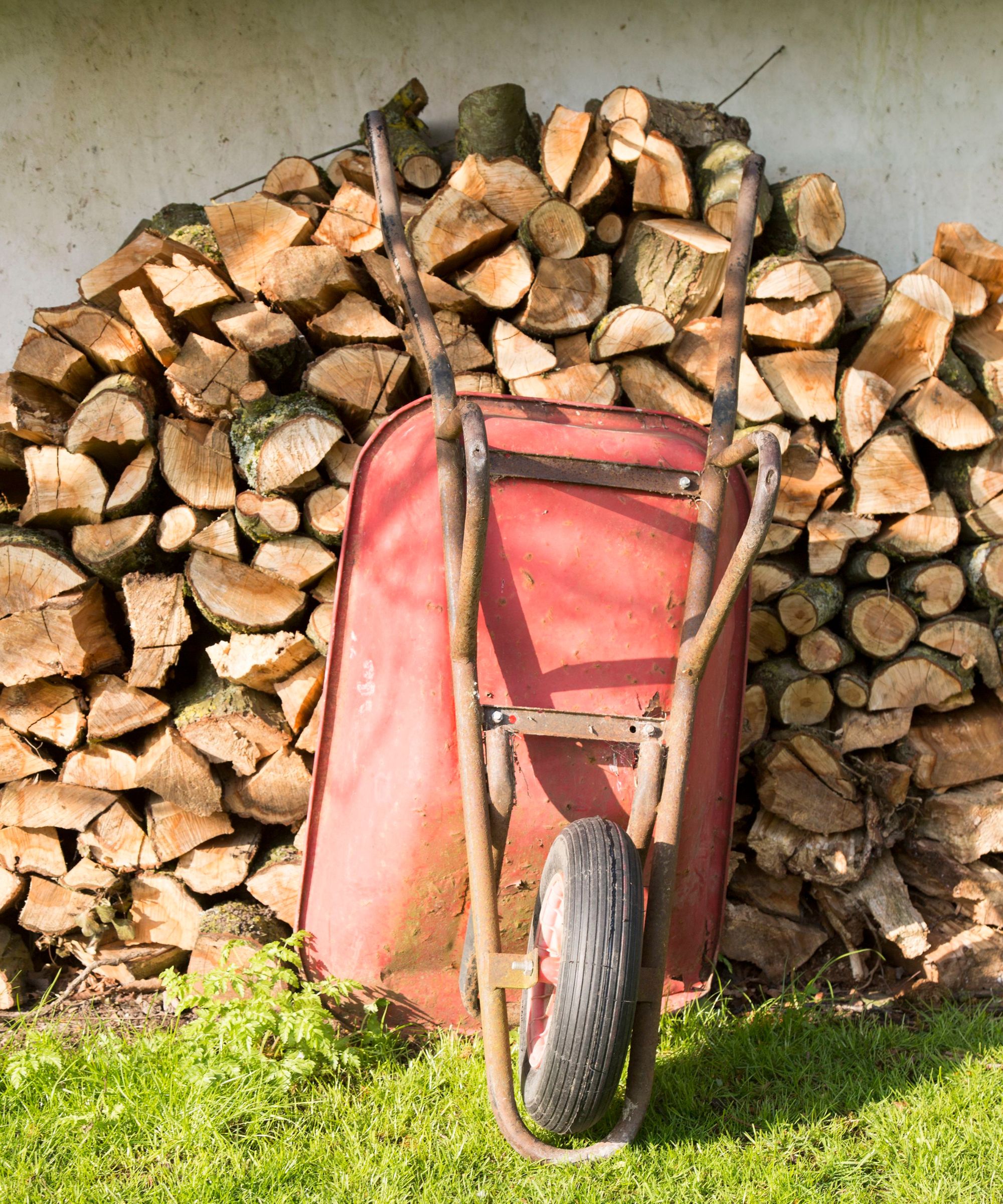
If you have a wood burner or fireplace that doesn't see much use and logs are piling up in your yard, then creating some log storage to keep your firewood dry and free from old, or otherwise giving away or recycling your excess logs will help to both declutter your lawn and deter common yard pests from setting up a home in your yard.
If you want to try to repurpose some of the logs yourself, consider making a bug hotel in your yard to attract specific pollinators and beneficial wildlife.
5. Store oversized items under a porch or deck
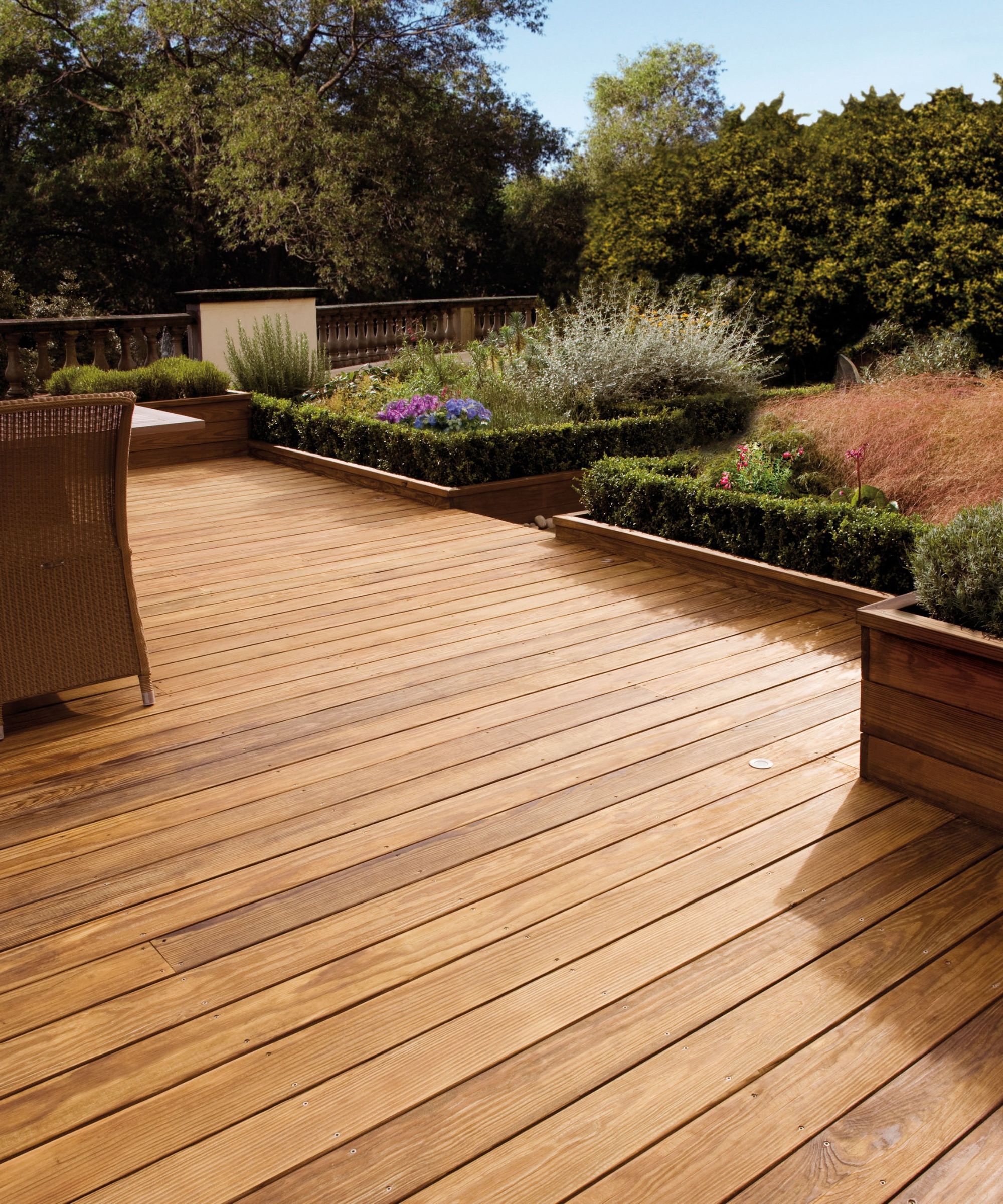
Because not everything will fit in sheds, you may need to get creative with how you store larger or longer items from your yard like sun parasols or outdoor sports gear. ‘I like to use hiding places (like the back of a shed or under a porch) to store wood, ladders, umbrella poles, pool poles, and kayaks,’ says David Angelov of PlantParenthood. ‘Anything else can be hung on hooks inside sheds or when organizing a garage.’

David is an active gardener growing his appreciation for plants every day. He specializes in formal and informal backyards and gardens maximizing clients' connection to nature.
6. Throw out unused or broken yard supplies
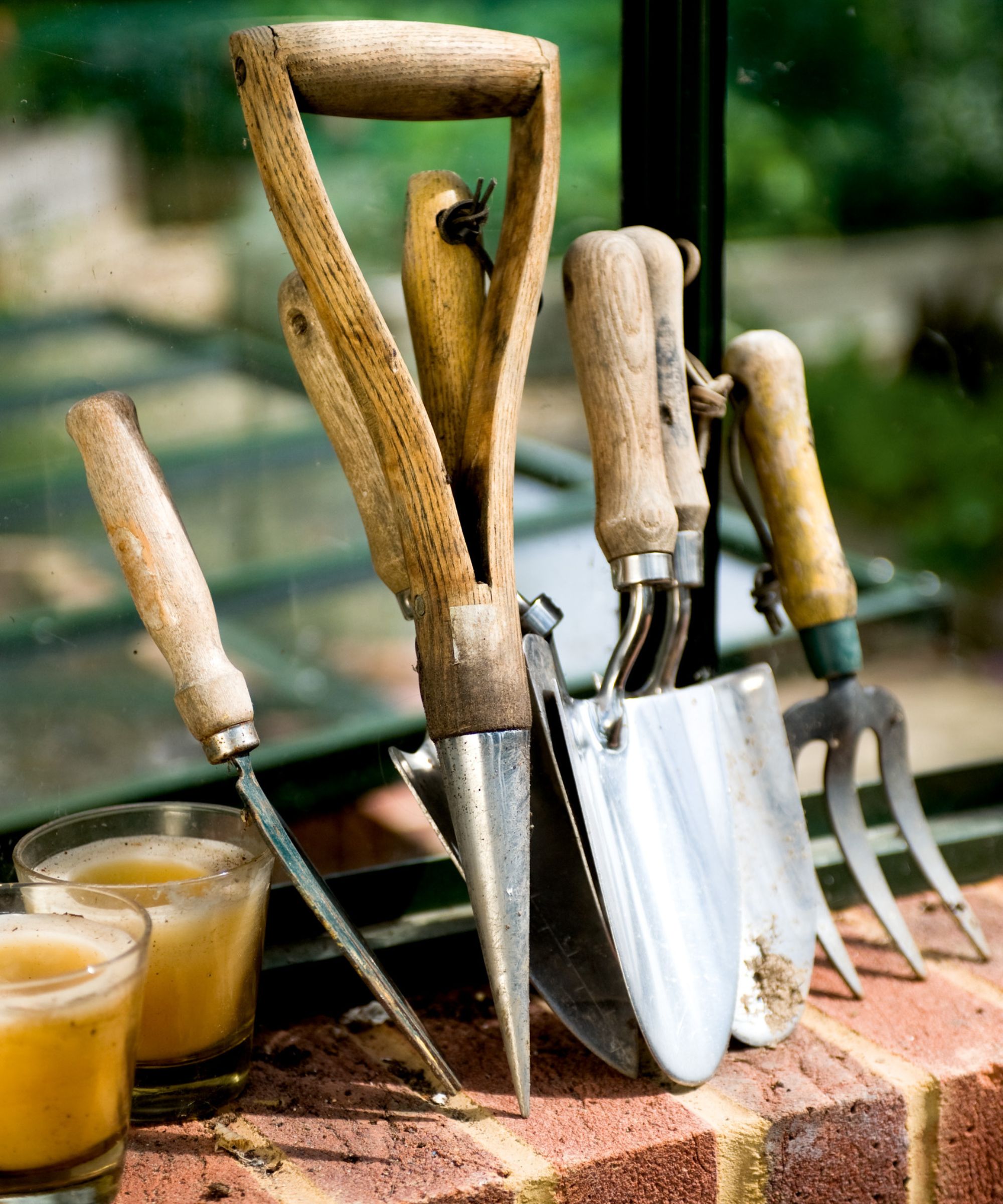
‘Outdoor supplies and tools such as soil, mulch, plant food, rakes, and trowels can take up valuable space if you have more than you need,’ reminds Stefan Buucer of Rhythm of the Home. ‘Maybe Home Depot had a sale and you stocked up on too much topsoil and mulch but now it takes up too much space in your backyard.
'You can try stacking garden supplies in storage ideas for sheds and use a tool board to hang your handheld tools. If you have a big wheelbarrow you can stack the bags inside it until you need to use it.’
If your shed organization is already full of bursting, then it may be a good idea to declutter your collection. Start by getting rid of tools that are no longer functional, then donate items that you do not use or have multiple of.
7. Sell or pass on old yard play sets
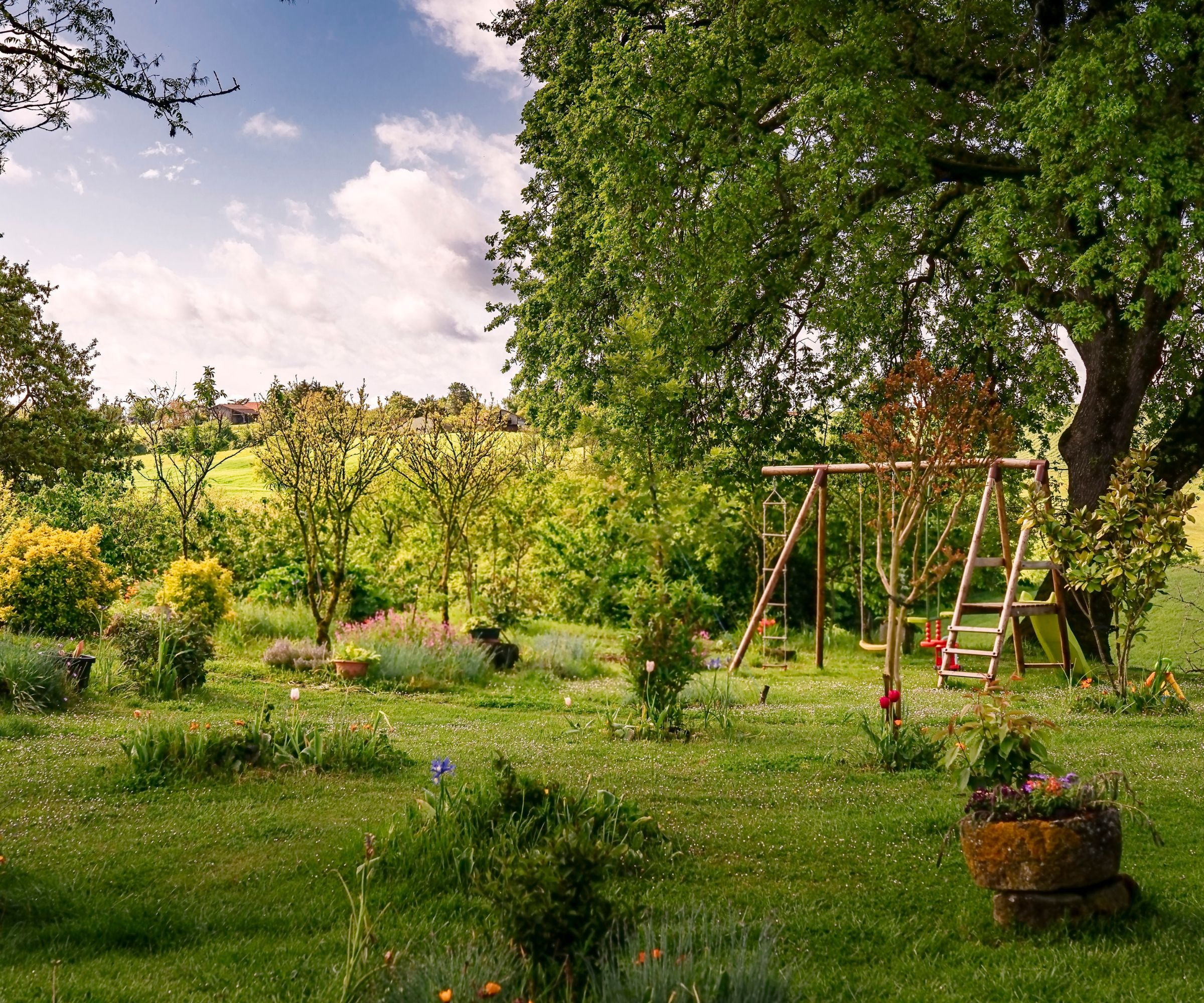
If you have focused your efforts on creating a backyard for kids in the past, but they have grown up or outgrown some of their toys and games, then donating them to other families in the neighborhood, or to local kindergartens and schools, can help to free up space in your yard while also helping others in your community.
8. Reassess your outdoor kitchen accessories
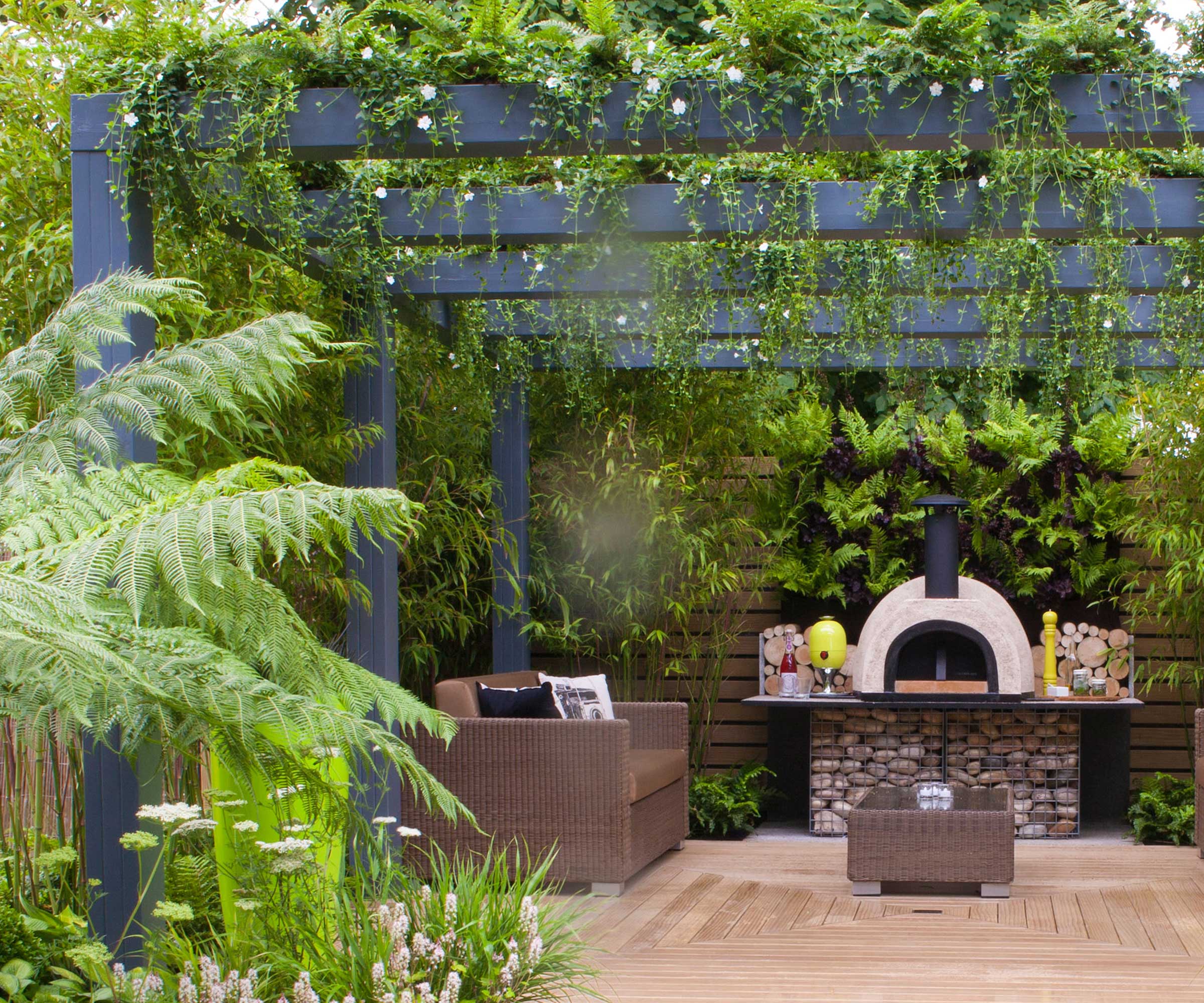
Demands for outdoor kitchens have increased in recent years, but as trends tend to dictate many of our shopping habits, we may have ended up with outdoor kitchen appliances or tools that we don't actually use or didn't quite live up to the hype. No matter if you have a dedicated outdoor cooking area, or a simple barbeque set up, getting rid of tools and accessories you never touch is a great way of freeing up space for an entertaining garden.
9. Invest in a storage box for outdoor soft furnishings
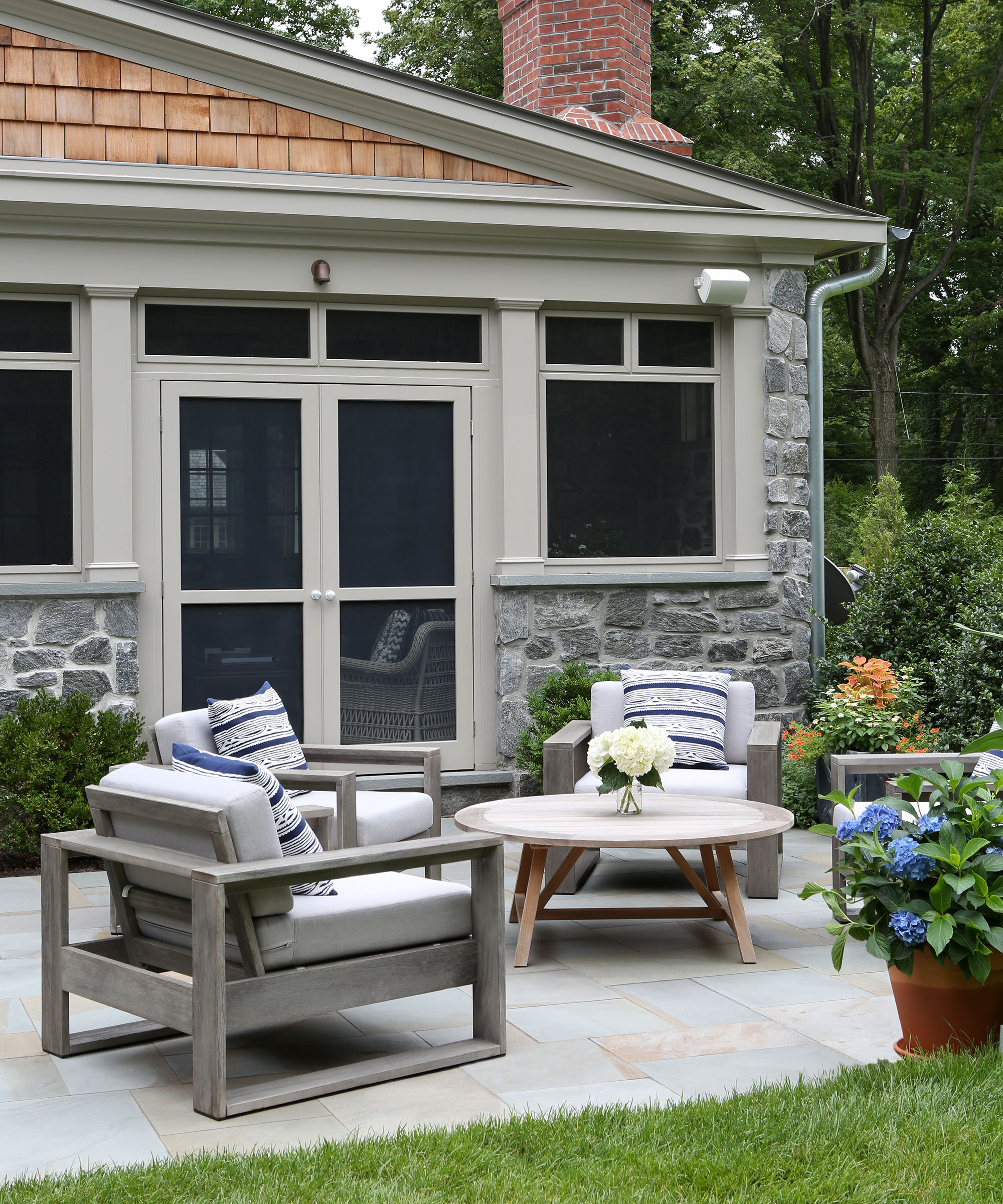
Most outdoor furniture has some soft furnishing elements that can’t stand up to adverse weather. In these instances, a waterproof outdoor storage box or bin like this from Walmart can help to contain a variety of degradable furnishings within easy reach.
‘I also think about storing balls or other sports equipment in a box, or even in a playroom inside if they are cleaned properly,’ adds David Angelov of PlantParenthood.
10. Prioritize enclosed, covered storage
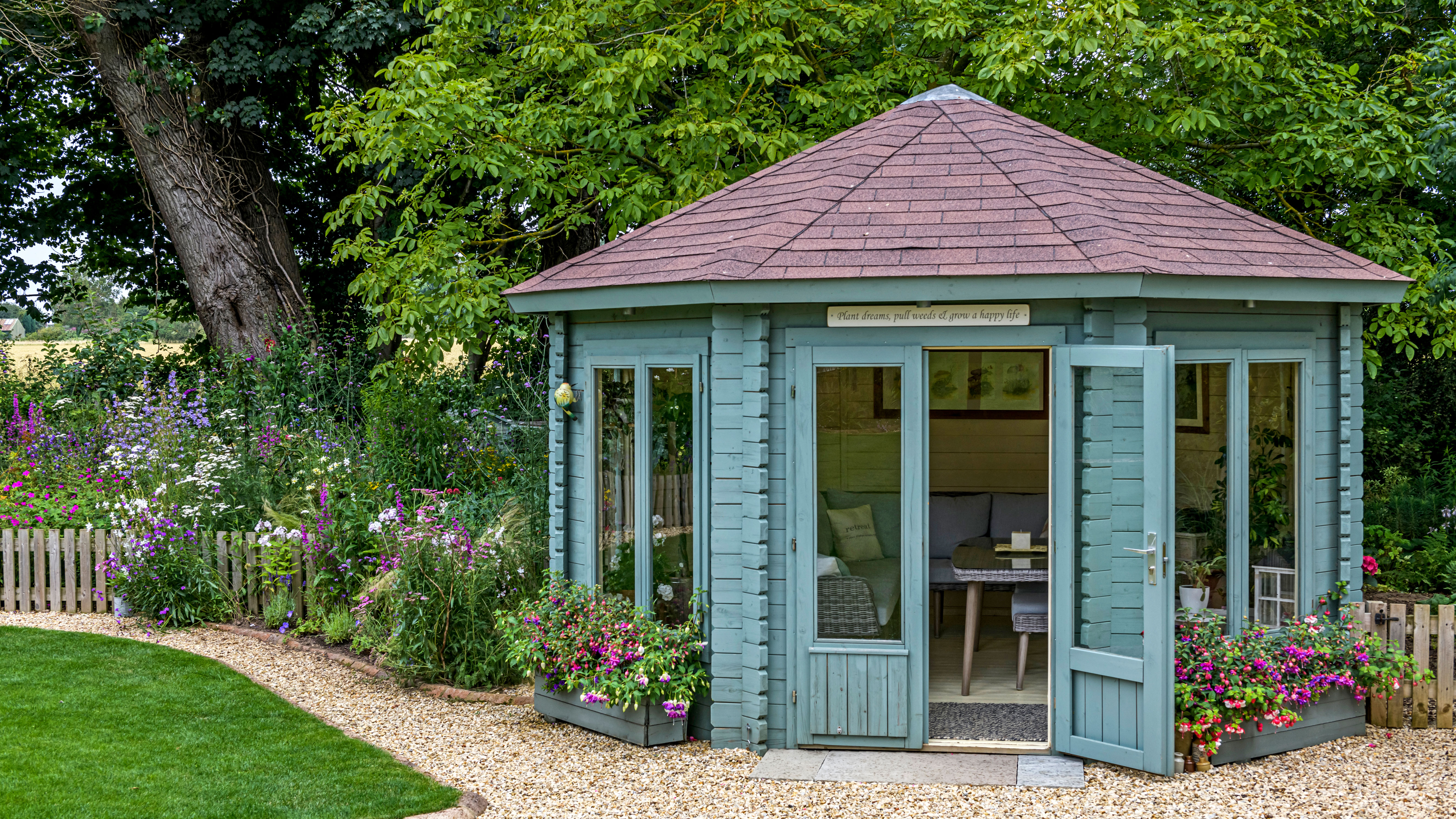
‘Always ask yourself, does everything have a place to live, away from dirt or the weather?’ says David Angelov of PlantParenthood. ‘This means, is a grill on a patio system, or is it slowly sinking into the mud puddle you created when standing there grilling?
'The same applies to lawn chairs. A lawn mower should not be sitting in the grass. Instead, it should be winterized with a cover at the very least, such as a tarp. Perhaps it can stand on some wooden pieces to stay off of the dirt.’
11. Hide trash cans in dedicated storage bins
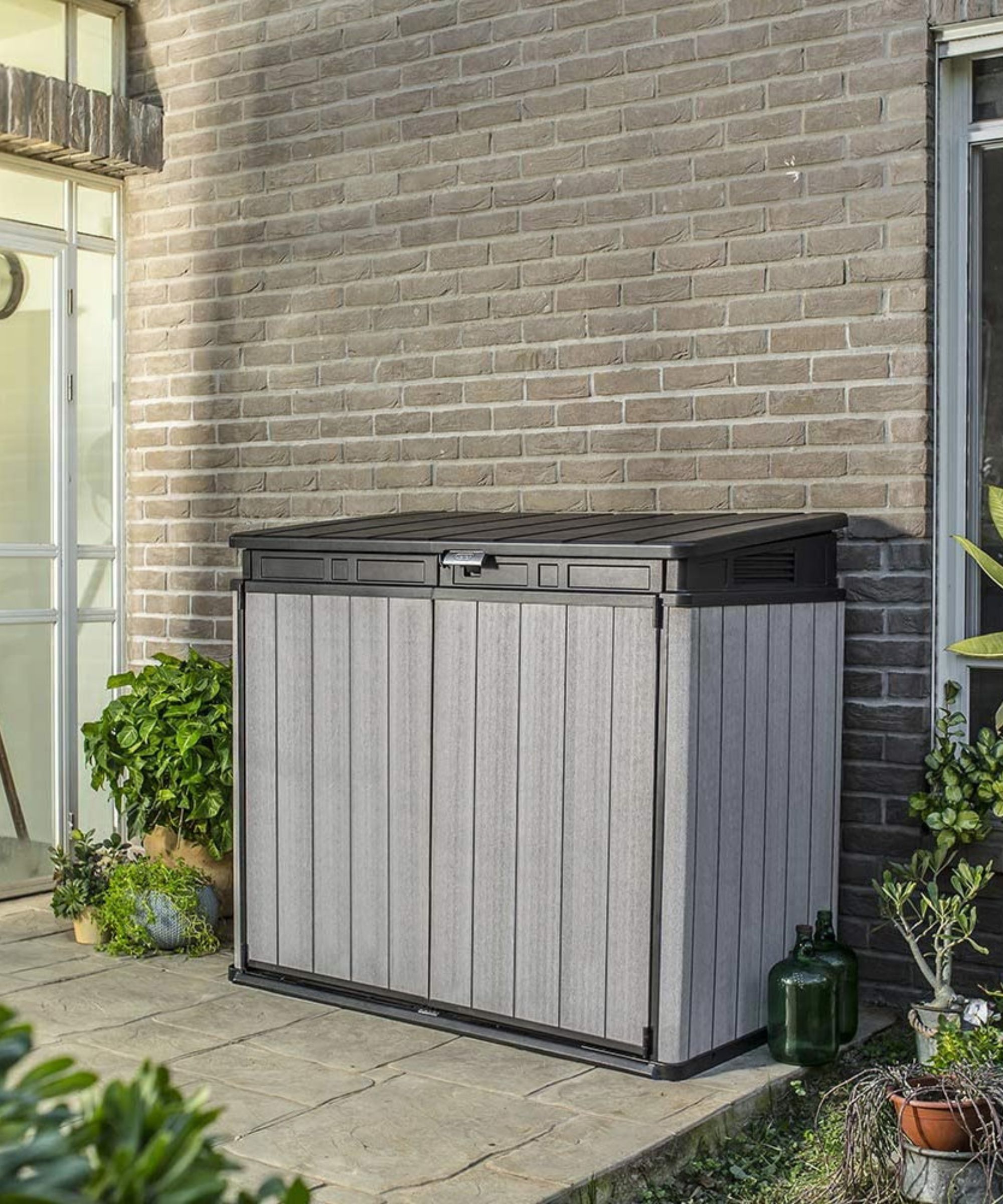
Storing trash storage in storage? It may sound unnecessary, but there is little more visual cluttering than a visible trash can, especially if it is getting old and looking a little decrepit. Whether you DIY your own or opt for a premade storage model like this from Amazon, they offer a more stylish solution to a not-so-glamorous aspect of your yard.
Keeping your trash cans locked away can also help to prevent pests such as getting rid of raccoons from your yard too.
12. Clear up organic waste like leaves and trim your lawn

More necessary when carrying out fall lawn care than in the hotter months, getting rid of fallen debris from your yard can help it to look more put together, says David Angelov of PlantParenthood. ‘This concept of decluttering applies to natural things too. Branches need to be picked up and put into a pile often. Leaves need to be removed from the grass (not necessarily from the garden), and hedges need to be trimmed properly and neatly,’ he says.
‘When you are done taking care of the bigger items you should focus on making your grass look pristine since that is the first thing that people notice when they look at your garden,’ adds Stefan Bucur, founder of Rhythm of the Home. If you don't like maintaining the grass frequently you can go for a more hands-off approach and plant a tapestry lawn (flower bed).’
FAQs
How do you organize outdoors?
Organizing outdoors becomes far easier by investing in a storage unit, whether it is a shed or a large bin, to help collect any outdoor furniture you are not using and contain outdoor waste bins out of sight.
What is the importance of cleaning the yard?
Cleaning up your yard is important to help prevent pests and ensure fresh growth for your lawn and plants. Cleaning your yard should include the removal of organic matter such as fallen leaves, branches, or seeds, moving old yard furniture, trimming overgrown grass, and removing weeds.
Sign up to the Homes & Gardens newsletter
Design expertise in your inbox – from inspiring decorating ideas and beautiful celebrity homes to practical gardening advice and shopping round-ups.

Chiana has been at Homes & Gardens for two years and is our resident 'queen' of non-toxic living. She spends most of her time producing content for the Solved section of the website, helping readers get the most out of their homes through clever decluttering, cleaning, and tidying tips. She was named one of Fixr's top home improvement journalists in 2024.
-
 These are the 6 must-have colors to decorate with in April 2025
These are the 6 must-have colors to decorate with in April 2025What do retro-inspired yellows and beautiful blues all have in common? They're on our hot list for the season ahead
By Sophia Pouget de St Victor Published
-
 Plants never to grow next to fruit trees
Plants never to grow next to fruit treesExpert advice on which plants to keep away from fruit trees to encourage a healthy harvest
By Jacky Parker Published